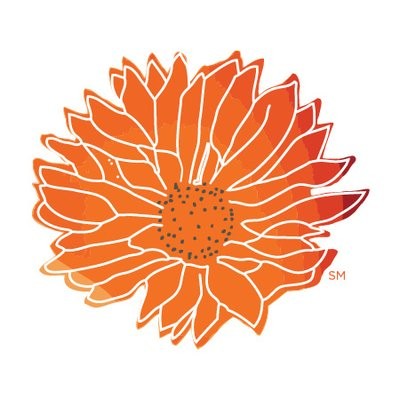Project teams should always seek to represent all materials in a product at or above 100 ppm with an ingredient name and CASRN as part of the ingredients list. However, ILFI recognizes that there are currently limitations to the information that can be gathered about certain materials. In these cases, project teams should follow the instructions below in order to adequately characterize the material with or without a CASRN.
- Biological Ingredients: Biological ingredients such as wood and agrifiber do not require vetting and disclosure of a CASRN unless the ingredient is already registered with Chemical Abstract Services, in which case the material should be vetted and the number reported.
- Float Glass: Float glass does not require vetting and CASRN reporting, but all glass coatings/interlayers/films must be vetted and reported.
- Geological Materials: Geological materials such as natural granite do not require vetting and disclosure of a CASRN. Manufactured stone products require the disclosure with a CASRN for all resins/binders/sealers.
- Impurities: There are instances when a Red List chemical is present in a product because it naturally occurs in the product’s raw materials or was unintentionally added through certain manufacturing or reclamation processes. Impurities do not require vetting or reporting.
- Metal Alloys:
- There are two pathways for disclosing metals and alloys:
- Preferred pathway: Metals and Metal Alloys must be identified using the Unified Numbering System (UNS) or European Norm (EN) alloy numbers. Structural parts formed by powder metallurgy may be identified by the Metal Powders Industry Federation (MPIF) Standard 35 – SP number. Additional information about the alloy, such as ASTM grade, may also be reported as secondary information.
- Alternative pathway: If a UNS or EN number is not available, then the CASRNs for the individual elements that make up the alloy may be disclosed. The elemental makeup of an alloy can be found in a mill specification/mill test report. For example, brass is an alloy containing the pure elements copper, zinc, lead, tin, etc.
- There are two pathways for disclosing metals and alloys:
The use of CASRNs referring to metal alloys (ie steel, brass), is disallowed. If an alloy contains a toxic heavy metal (As, Pb, Cd, Cr⁶, Hg) as defined by the ILFI Red List, but the alloy itself is not on the Red List, it may be used in a product as long as it complies with the relevant Red List exceptions. Metal surface treatments and coatings (ie galvanization, plating, etc) must be reported as separate ingredients from the base alloy.
- Recycled Content: Recycled content should be reported using all known primary ingredients; a CASRN should be reported as applicable (based on guidance above). Content must be determined by weight of the specific product(s); mass balance reporting is not allowed.
- Reaction Products: When a reaction occurs during the manufacturing of the product, the final reacted substance must be reported with a CASRN. If any residual reaction substances remain in the product above 100 ppm that are not covered by the CASRN of the reaction substance, they must also be reported with a CASRN.
- Small Product Hardware: Small metal hardware (i.e., hardware within a manufactured product) must be reported with the metal type (e.g., steel), but reporting an alloy number is not required. Hardware materials with an applicable CASRN must report the CASRN.



